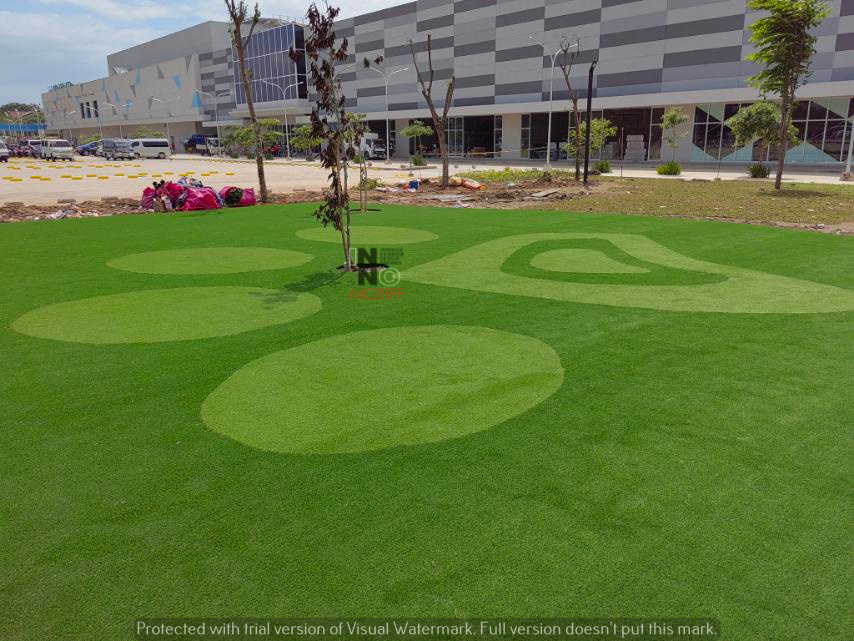Trees are not just mere fixtures in our landscapes; they are living organisms that contribute significantly to our environment. One method that has been employed for centuries to maintain and prolong the lifespan of trees is pollarding. In this article, we’ll explore the technique of pollarding and its numerous benefits in maximizing tree lifespan.
Understanding Pollarding
A. What is pollarding? Pollarding is a pruning technique that involves the removal of the upper branches of a tree, leaving only the main trunk and a few lower branches. This process is typically repeated periodically to control the tree’s size and shape.
B. How does pollarding differ from other pruning methods? Unlike other pruning methods that focus on shaping the tree or promoting growth, pollarding aims to restrict the tree’s size and encourage the growth of a dense head of foliage.
C. Types of trees suitable for pollarding While not all tree species are suitable for pollarding, certain species such as willows, poplars, and some species of oak respond well to this pruning technique.
Benefits of Pollarding
A. Increased tree lifespan One of the primary benefits of pollarding is the extension of a tree’s lifespan. By regularly removing weak or diseased branches, pollarding helps maintain the overall health of the tree and reduces the risk of structural failure.
B. Improved tree health Pollarding stimulates new growth and encourages the development of a dense canopy, which can improve the tree’s overall health and vigor.
C. Enhanced tree aesthetics Pollarded trees often have a distinctive appearance characterized by a thick, compact head of foliage. This aesthetic appeal makes pollarded trees a popular choice for ornamental and urban landscapes.
D. Environmental benefits Pollarded trees can provide numerous environmental benefits, including improved air quality, enhanced biodiversity, and reduced stormwater runoff.
E. Reduced risk of tree-related hazards By removing weak or overgrown branches, pollarding reduces the risk of tree-related hazards such as falling limbs or toppling trees during storms.
How Pollarding Works
A. Pollarding techniques Pollarding involves removing the upper branches of a tree to a predetermined point, typically leaving stubs or “pollard heads” that will produce new growth.
B. When is the best time to pollard trees? Pollarding is usually done during the dormant season, typically in late winter or early spring, to minimize stress on the tree and encourage vigorous regrowth.
C. Tools required for pollarding Pollarding requires specialized tools such as pruning saws, loppers, and pole pruners to safely and effectively remove branches.
Tips for Effective Pollarding
A. Hiring a certified arborist For optimal results, it’s essential to hire a certified arborist with experience in pollarding to ensure the proper execution of the pruning technique.
B. Proper maintenance after pollarding After pollarding, proper maintenance practices such as regular watering, fertilization, and monitoring for pests and diseases are crucial for the long-term health of the tree.
C. Understanding local regulations and permits Before undertaking any pollarding activities, it’s important to check local regulations and obtain any necessary permits to ensure compliance with municipal ordinances.
Takeaway
Pollarding is a time-tested pruning technique that offers numerous benefits for maximizing tree lifespan, improving tree health, and enhancing environmental sustainability. By understanding the principles of pollarding and following best practices, individuals can contribute to the longevity and vitality of trees in their landscapes.
Contact BSG Landscape & Construction Pte Ltd now for expert tree pollarding and ensure the health and safety of your trees.










